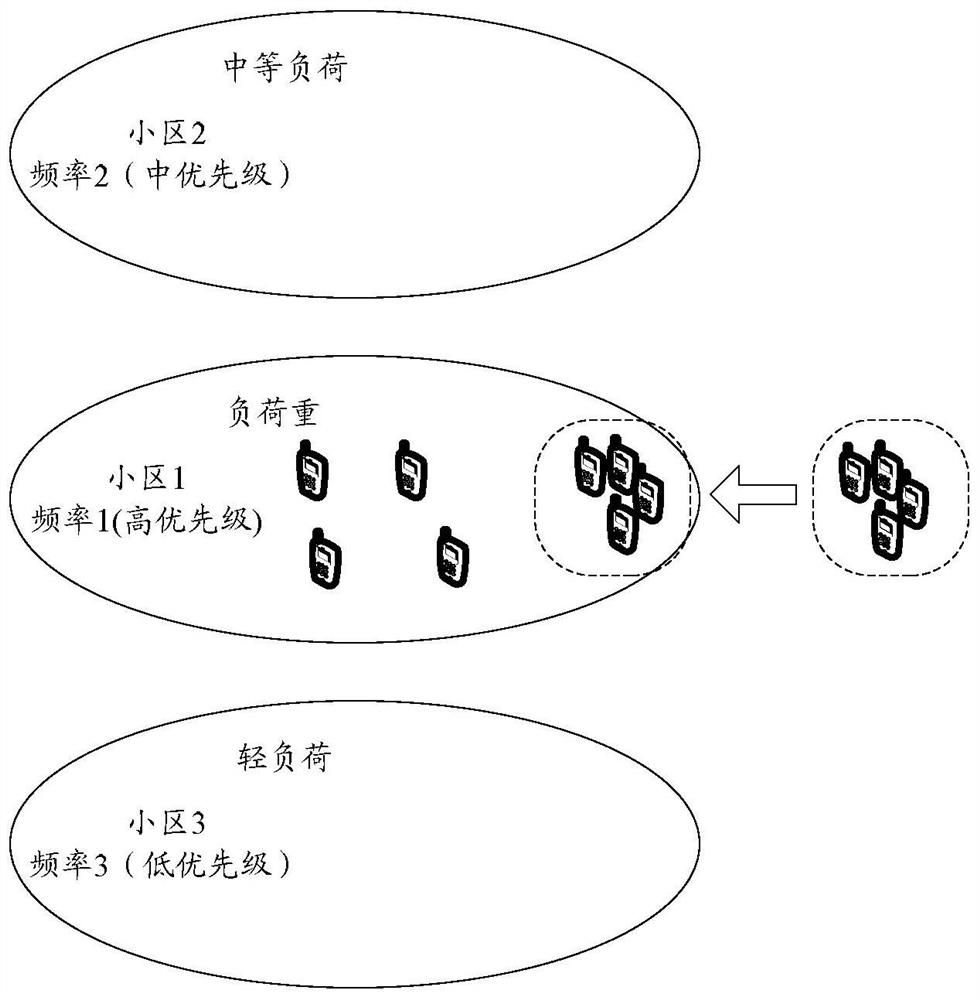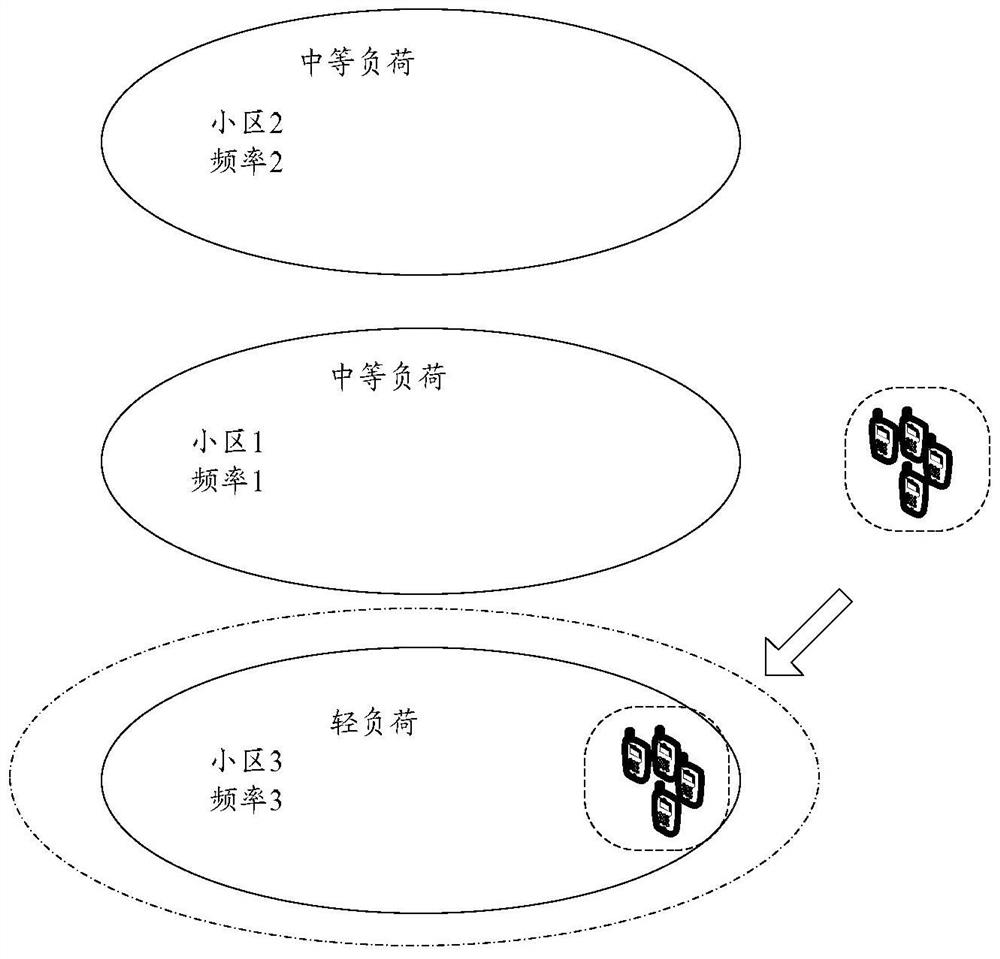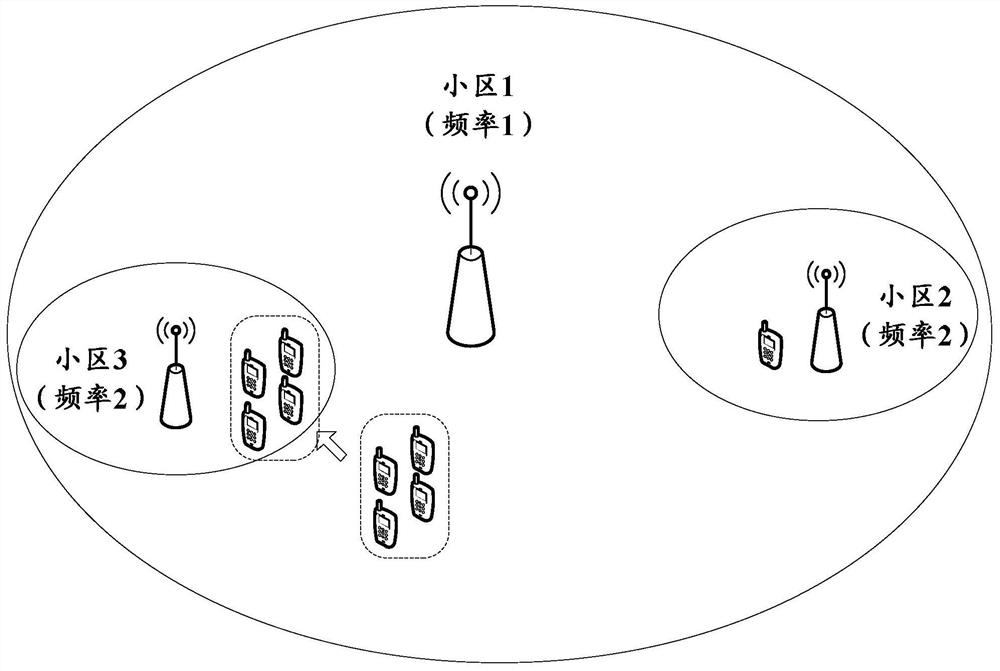A cell reselection method, device and terminal
A cell reselection and terminal technology, applied in wireless communication, electrical components, etc., can solve the problems of rapid increase or overload of carrier load, inability to realize reasonable distribution of terminals, and power consumption of terminals unable to access
- Summary
- Abstract
- Description
- Claims
- Application Information
AI Technical Summary
Problems solved by technology
Method used
Image
Examples
Embodiment Construction
[0033] Figure 4 It is a schematic flow diagram of reselecting cells with higher frequency priority in the prior art, including:
[0034] Step 101: The terminal judges whether the signal parameter of the serving cell is greater than the first threshold, and if it is greater, then perform step 103; if not, then perform step 102; the first threshold represents the threshold for starting inter-frequency measurement;
[0035] Step 102: The terminal determines that the signal parameter of the serving cell is less than or equal to the first threshold, and executes step 103;
[0036] Step 103: Determine whether there is a non-serving cell whose frequency priority is greater than the frequency priority of the serving cell, and if so, execute step 104; here, if it is performed from step 102 to this step, for low frequency priority and Cells on frequency points with the same frequency priority will also be measured, but this does not belong to the scope of consideration of this embodim...
PUM
 Login to View More
Login to View More Abstract
Description
Claims
Application Information
 Login to View More
Login to View More - R&D
- Intellectual Property
- Life Sciences
- Materials
- Tech Scout
- Unparalleled Data Quality
- Higher Quality Content
- 60% Fewer Hallucinations
Browse by: Latest US Patents, China's latest patents, Technical Efficacy Thesaurus, Application Domain, Technology Topic, Popular Technical Reports.
© 2025 PatSnap. All rights reserved.Legal|Privacy policy|Modern Slavery Act Transparency Statement|Sitemap|About US| Contact US: help@patsnap.com



